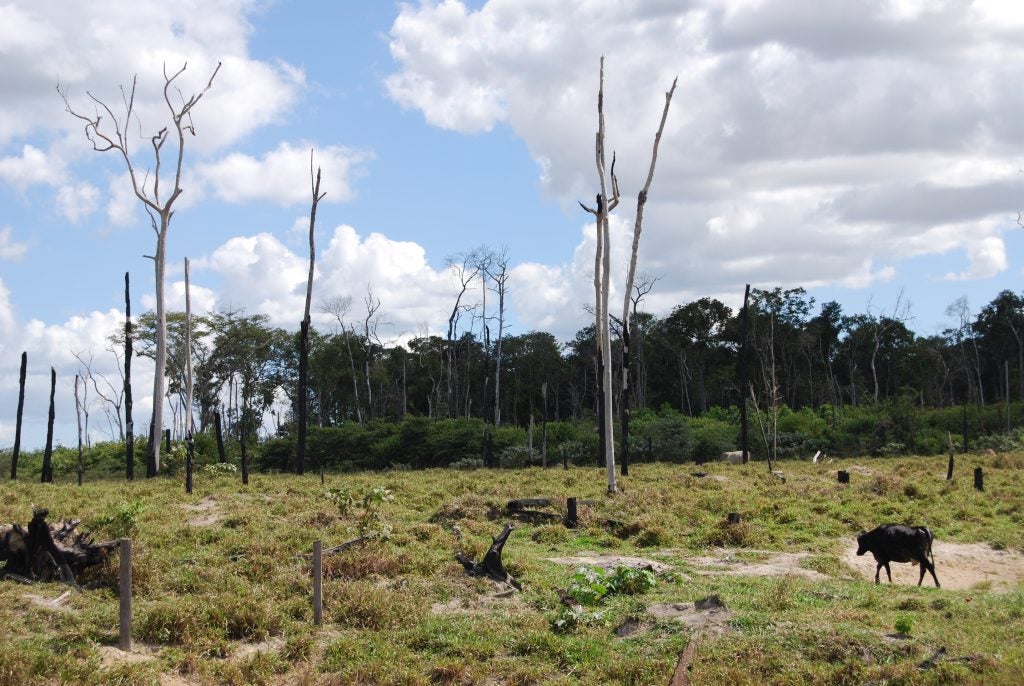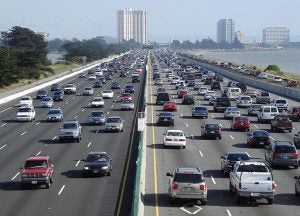
Cattle grazing at a ranch where burned trees and the edge of the rainforest are still visible in Brazil. Shutterstock.
Presidents Trump and Bolsonaro had a lot of common ground to share when they met in Washington last week – racism, misogyny, conspiracy theories, and contempt for science and journalism (the high quality type). They also converge on an early 1900’s view of development and environment as a zero-sum game. The more you have of one, the less there is of the other.
The economics don’t add up for either of them. Trump crows about “beautiful” coal, but the market says coal is a loser compared to renewables and cleaner fuels. Bolsonaro wants to get out of the Paris climate accord and roll back indigenous land rights in favor of agribusiness and mining. Meanwhile, the executive director of the powerful Brazilian Agribusiness Association says “Whoever wants to leave the Paris Agreement has never exported anything.”
Climate denial is central to Trump’s and Bolsonaro’s mindsets, and here the conspiracy theories really go to town. Trump thinks climate change is a Chinese conspiracy to strangle the US economy. Bolsonaro’s Foreign Minister thinks climate change is part of a “cultural Marxist” plot to keep down western democracies and build up Marxist China (he also thinks the “cultural Marxists” want to criminalize red meat and heterosexual sex). Interestingly, former President Dilma Rousseff’s first Minister of Science and Technology, former Communist Party of Brazil Congressman Aldo Rebelo, thought climate change was a capitalist conspiracy to crush Brazilian development. Why let political differences spoil a good conspiracy theory?
You can really only hold on to that early 20th century dichotomy if you ignore the costs of climate change – and the economic opportunities that arise from fixing the problem.











 EDF attorney Erin Murphy co-authored this post
EDF attorney Erin Murphy co-authored this post 